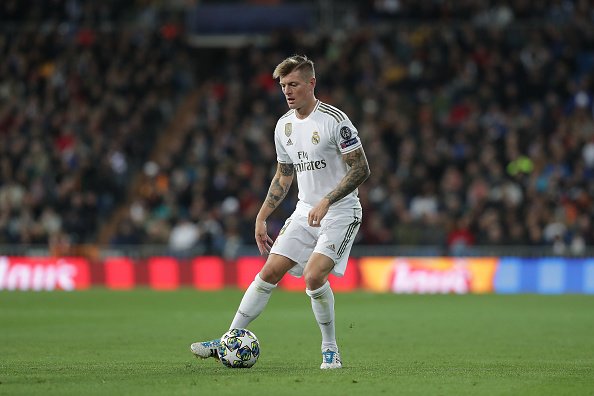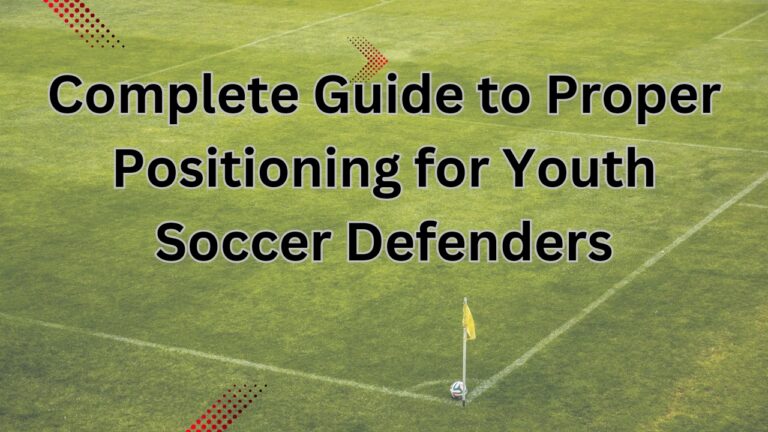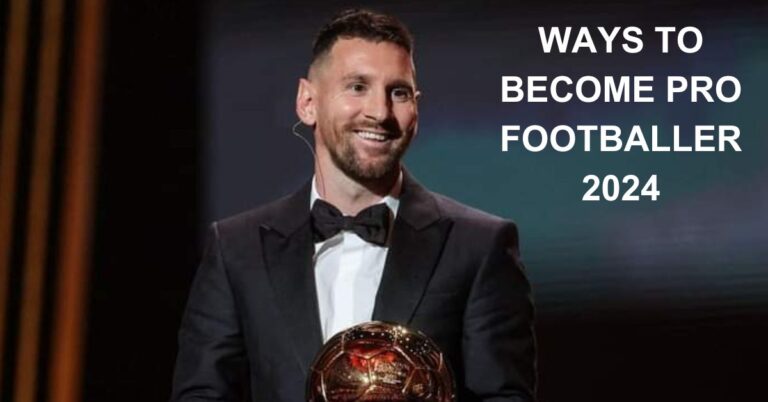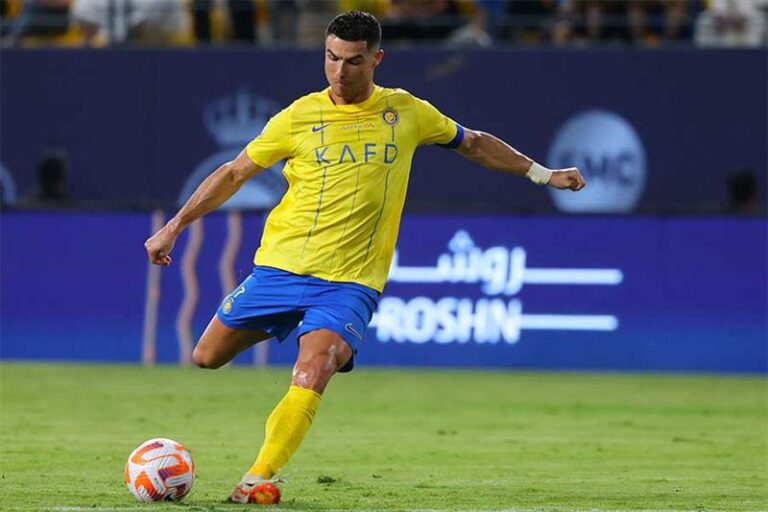The center midfielder is one of the most important positions on the soccer field. They are involved in nearly every aspect of the game – defending, attacking, dictating tempo, and distributing the ball. Excelling as a center midfielder requires technical skills, tactical awareness, intelligence, stamina, and leadership.
This guide will provide drills, tips, and advice to help any aspiring player improve their skills and become an outstanding center midfielder.
Table of Contents
Key Responsibilities of a Center Midfielder
The central midfield role comes with a diverse range of responsibilities:
Distributing the Ball and Controlling Tempo: The center midfielder is essentially the quarterback, seeking to dictate the pace and flow of the game. They need composure on the ball and vision to initiate attacking moves. Short, accurate passing is crucial for maintaining possession and probing for openings.
Supporting Attacks and Linking Up with Forwards: The CM cannot just sit deep, they must also push upfield and make late runs into the box when the opportunity arises. This linking-up play helps facilitate scoring chances.
Tracking Back for Defensive Cover: When possession is lost, the CM must work hard to track back and assist the defense. Their tackling, pressing, and marking deny the opposition space in midfield.
Dictating the Pace and Flow of the Game: By adjusting their positioning and passing range, the CM can speed up or slow down the tempo. Their decision-making and awareness are vital for controlling matches.
Mastering these responsibilities takes time and experience. However, focused training on key midfield techniques and tactics will rapidly elevate any player’s capabilities and influence.
Related Post: The 5 Types of Midfielders in Soccer
Essential Technical Skills for Center Midfielders
To excel in the central midfield position, certain techniques and abilities must be developed:
Ball Control and Close Dribbling: Given their heavy involvement, CMs need exemplary close control even when under pressure from opponents. Drills like dribbling in tight spaces improve the ability to retain possession.
Accurate Short and Long Passing: Moving the ball while maintaining tempo requires precision passing over both short and long distances. Passing drills with moving targets helps sharpen this skill.
Shooting from Distance: Midfielders should threaten the goal when appropriate by developing solid shooting techniques from outside the box. Practice hitting free kicks and long shots.
Heading Ability on Set Pieces: Being an aerial threat on corners and free kicks gives CMs an extra attacking dimension. Use mini-goals and partner drills to improve heading accuracy.
Truly well-rounded center midfielders work relentlessly to perfect these fundamental technical abilities through repetition and match scenarios. Skills must become second nature through deliberate practice.
Important Of Physical Attributes
In addition to technical prowess, excelling as a CM requires optimal physical conditioning and athletic attributes:
Stamina and Fitness: Covering large distances game after game necessitates top-tier cardiovascular endurance. Interval running, sprints, and agility ladders improve fitness.
Strength and Balance: Winning physical battles and holding off opponents requires upper and lower body strength. Weight/resistance training gives CMs power.
Agility and Change of Direction: Quickly shifting direction and accelerating evades pressure and creates space. Ladder drills and dribbling courses build agility.
Pace and Acceleration: Bursting forward to join attacks or tracking back on defense demands pace. Short sprints and plyometrics develop acceleration.
An athlete’s natural physical gifts provide a foundation, but dedicated training maximizes essential soccer-specific attributes. Nutrition and recovery are also vital for availability and peak performance.
Related Post: The 5 Types of Midfielders in Soccer
Drills to Improve On-Ball Skills
Targeted drills and exercises provide the repetition needed to upgrade key techniques with the ball:
Dribbling Grids: Mark off small squares and practice close control dribbling, changes of direction, and turns in tight spaces. Add defenders or constraints to increase difficulty.
Passing Circuits: Set up patterns of cones and work on accurate passing and first touch. Vary distance, movement, and one-touch requirements.
Shooting Practice: Take regular shots on the goal from the top of the box to improve striking technique and placement. Practice curl and dip.
Juggling Drills: Juggle the ball using feet, thighs, chest, and head to improve overall touch and ball control. Start with easier patterns and increase difficulty.
Performing these drills before or after training ingrains muscle memory and creates instincts that translate onto the pitch. Track progress and aim to minimize mistakes through repetition.
Drills to Improve Off-Ball Movement
In addition to on-ball skills, center midfielders must master off-ball attributes:
Angle Play and Support Runs: Make angled runs to create passing lanes and work give-and-go interplay with teammates. Communicate needs.
Checking Away to Open Space: Check away or back from markers before spinning into open space to receive passes.
Tracking Opposing Runners: Shadow and track runs of dangerous opponents to limit counterattacks. Use speed and agility.
Recovering Positioning: After attacking, quickly recover into proper defensive positioning to protect the backline.
Incorporating these movements into positional drills, scrimmages, and matches develops instinctive reactions. Analyze positional play to make adjustments. Proper off-ball skills provide two-way value.
Ways to Improve Decision-Making
In addition to technique, center midfielders require excellent tactical awareness and decision-making:
Analyze Game Situations and Scenarios: Review match footage to study positioning and decisions in different contexts. Identify strengths/weaknesses.
Knowing When to Pass, Dribble, or Shoot: Each game situation requires calculating risk/reward for passing, taking defenders on, or shooting from a distance.
Recognizing Attacking Opportunities: Identify patterns like overlapping fullback runs to know when to surge forward into the attacking third.
Avoiding Risky Passes: Have composure to evade traps and opponents blocking passing lanes. Limit turnovers in dangerous areas.
Sharpening soccer IQ takes time through match experience and analyzing training sessions. Think critically about decisions and positioning. Stay focused for the entire game.
Tips for Better Positioning and Awareness
Smart positioning and field awareness separate decent center midfielders from great ones:
Keep Head Up: Scan the field frequently to stay aware of teammate and opponent movements. Monitor passing options.
Move into Space: Shift into open pockets of space to make yourself available for a pass. Create passing angles.
Cover Teammates: Provide cover and balance by filling space vacated by out-of-position teammates. Communicate needs.
Track Opposing Runners: Mark dangerous opponents’ runs into the midfield and defensive zones. Don’t allow free runs.
Communicate: Constantly communicate with other midfielders and defenders to ensure proper spacing and awareness.
Improving positioning sense comes from concentrated work in practice and self-analysis. Set reminders to scan more frequently. Adopt good habits through conscious repetition.
Conclusion
Becoming an elite center midfielder requires dedication to your craft. Mastering both the technical and tactical aspects of the position takes time and practice.
Prioritize the fundamental on-ball skills like passing, dribbling, and shooting in your training. Complement technique work with drills to build essential physical attributes like speed, strength, and agility.
But also study the game diligently – analyze game footage, learn positional intricacies, and make smart decisions. Blend your technical abilities with intelligent positioning, awareness and decision-making.
Improve through consistent, focused training tailored to the CM position. Strive for incremental gains in your all-around game over time. Embrace the journey of enhancing your skills and soccer IQ.
The center midfielder is arguably soccer’s most well-rounded and demanding position. With passion, preparation, and persistence, any developing player can become an outstanding midfielder and impactful field general.
Related Post: The 5 Types of Midfielders in Soccer






